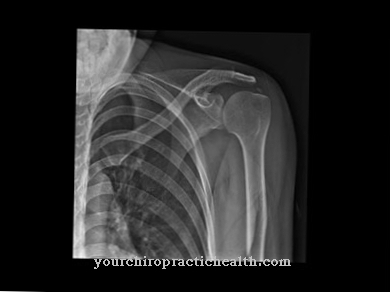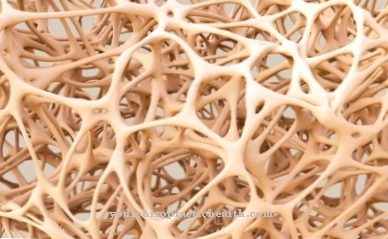The Merkel cell polyomavirus causes skin cancer in humans. This one has a malicious form and is considered to be aggressive. The virus was first discovered in the early 21st century.
What is Merkel cell polyomavirus?
The Merkel cell polyomavirus is responsible for the development of a malignant skin cancer. Merkel cells are among the cells that pick up stimuli on the skin of the human body and pass the information on to the brain. For example, the Merkel cells perceive the stimuli of touch and pressure on the skin. You are slowly adapting.
The Merkel cell polyomavirus is the fifth of the seven known oncoviruses. The Merkel cell polyomavirus is abbreviated with the letters MCPyV. It is found in about 80% of people who have Merkel cell carcinoma. The carcinoma is rare, but is considered a particularly aggressive skin cancer.
The Merkel cell polyomavirus is often found in secretions from the bronchi. Because of this, scientists believe that it can be transmitted and spread through the airways. Malignant skin cancer is increasingly being diagnosed in older people, but it can also occur in children or adolescents. Patients with an immunodeficiency are particularly at risk.
Occurrence, Distribution & Properties
The Merkel cell polyoma virus was discovered in 2008. It bears a genetic similarity to the B-lymphotropic polyomavirus. For this reason, scientists assume that it was already present in a similar form in the great apes. It is very likely that it has coexisted since then and was only found through laboratory testing a few years ago.
The Merkel cell polyoma virus is spread worldwide and has no gender-specific occurrence. In addition, it can be diagnosed in people of any age.There is not yet sufficient clarity about the exact form of transmission between people. However, it is considered very likely that it is transmitted through breathing. The assumption arose because doctors were able to prove it several times in the smears of the bronchial secretions of sick people.
The Merkel cell polyoma virus belongs to the genus of the polyomavirus and is assigned to the genogroup of the murine polyomavirus. It is a human polyomavirus that is considered monotypical. The viruses have a size of approximately 50 nm. The very small viruses have no envelope. They have a genome that consists of 5387 base pairs. In addition, it is a double-stranded DNA that is closed in a ring. The task of the genome includes coding the proteins that belong to the polyomaviruses. The coding is used to build up the typically complex structure of the protein. Doctors speak of a structure of the capsid in this process.
In addition to the characteristic proteins, the genome also codes for various structural and non-structural proteins. The structural proteins are VP1 and VP2 / 3. The non-structural proteins include a small t-antigen and a large T-antigen. The latter are comparable to the so-called oncogenes. These are genes that can trigger a change in normal cell growth into unchecked cell growth. The large MCPyV T antigen is a splicing gene that can produce different proteins according to a specific splicing pattern. The large T-antigen and the small t-antigen both have the ability to convert healthy cells in the body into cancer cells.
Both antigens inhibit the retinoblastoma protein. This protein has the task of tumor suppression in the organism. If the protein is restricted in its functional activity, the growth of the cancer cells is not suppressed and the cell division that takes place leads to an increase in the number of tumor cells.
Illnesses & ailments
The Merkel cell polyoma virus causes Merkel cell carcinoma. This is a skin cancer that is noticeable by the very rapid growth of cancer cells. The virus causes this malignant tumor disease in a large number of patients, which is considered to be very aggressive.
In most cases, the disease occurs in people over the age of 60. So-called cutaneous neuroendocrine carcinoma can develop when exposed to high levels of UV radiation. For this reason, people of old age are considered to be more at risk. Due to their age, their skin has come into contact with UV rays more often than young people. Nevertheless, younger people can also develop the carcinoma.
The affected patients have a weak immune system. This can be chronic, hereditary or triggered by the administration of medication. In particular, patients who have an HIV infection or who have undergone an organ transplant are considered to be risk groups for Merkel cell carcinoma. Nevertheless, it is still unclear whether the risk factors contribute to an increase in skin cancer or whether they can be viewed independently of it.
The carcinoma is considered painless. Small nodules form on the head, neck and face. These are bluish-red in color or are skin-colored. Since Merkel cell carcinoma is classified as particularly malignant, early detection is very important in order to maintain a good chance of recovery. The forms of therapy include an operation with the removal of the nodules and a subsequent chemotherapy or radiation therapy. To minimize the risk of skin cancer, children and adults should apply sunscreen to their skin before exposure to the sun. This is especially true for people with pale skin as they are particularly prone to sunburn.

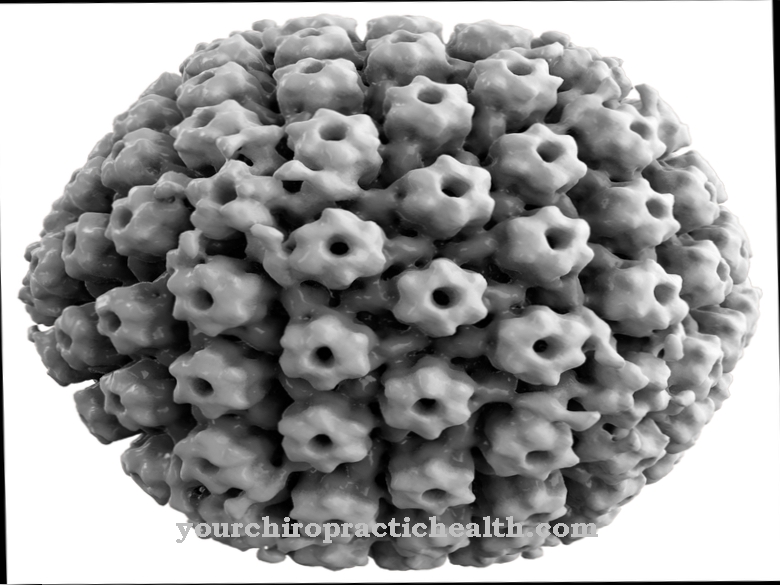

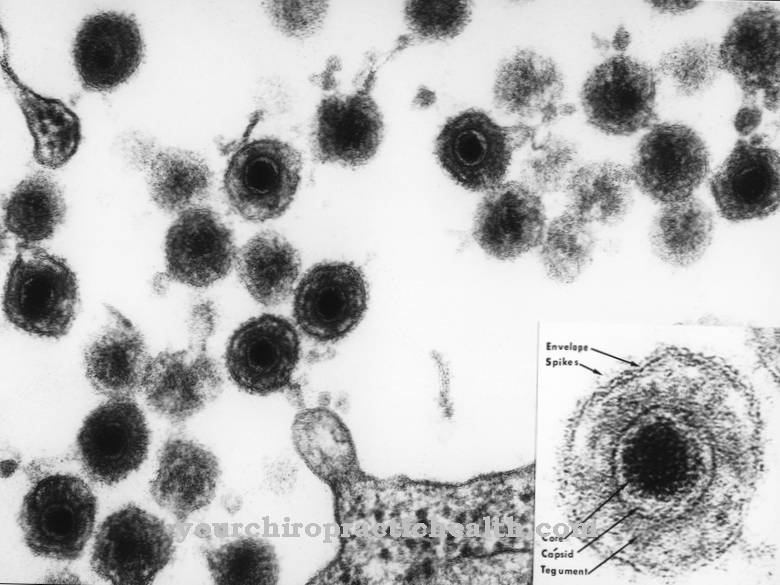
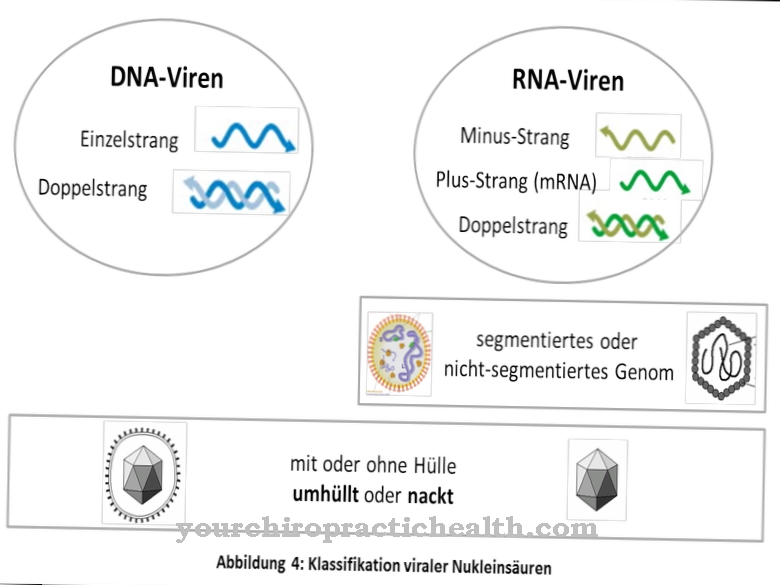



.jpg)





.jpg)


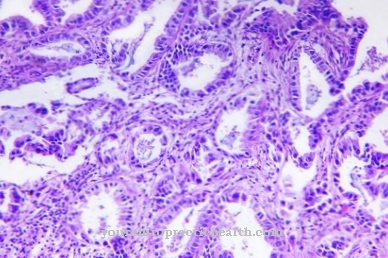



.jpg)

